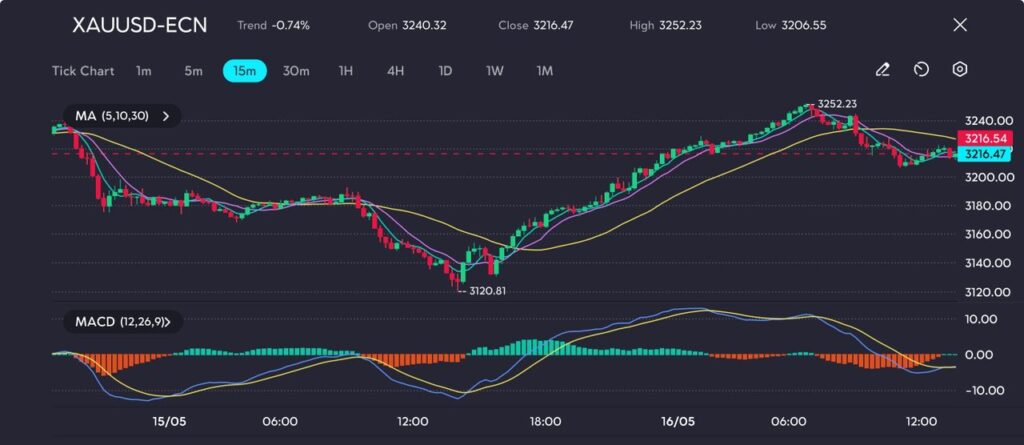Japanese Yen Performance Despite GDP Decline
The Japanese Yen performs well despite weak GDP data, with a 0.2% decline in early 2023 against projections of 0.1%. Previously, the economy expanded by 0.6% in Q4 of 2024. The Yen showed its strongest performance against the Swiss Franc in currency exchanges.
USD/JPY retraced from a recent high of 148.54 to near 145.00. The pair finds support from the 20-day EMA around 145.20. The RSI struggles to surpass 60.00, suggesting potential bullish movements. A rise past 148.57 could lead to levels around 150.00. Conversely, breaks below 142.42 may see dips toward 139.90 or 137.25.
We’ve seen the USD/JPY pair settle around 145.00, which came after a brief spike closer to 148.50 earlier in the month. The price action has pulled back but continues to find footing around its 20-day exponential average, just above the psychological 145.00 level—this continues to act as a short-term support. As this technical marker holds, it becomes less about guessing and more about observing how price behaves near the boundary.
Markets had expected Japan’s economy to shrink slightly in the first quarter, and while it did contract, the number was lower than forecasts gave room for. Often, when an economy comes in softer than estimates, especially after a stronger end to the previous year, it can send the domestic currency into a slide. Yet here, the Yen bucked the trend. It performed well—even strengthening against the Swiss Franc—suggesting defensive positioning and capital flows tied more to global concern and less about local data. That matters.
Meanwhile, the US Dollar remains stable after initially losing ground. The DXY drifting sideways around 100.80 tells us there’s an absence of urgent directional bias, at least from the broader Dollar-based markets. Traders are carefully watching incoming data. In particular, the preliminary Michigan sentiment reading for May now carries weight, especially after the April figure took a tumble to 52.2. We watch these numbers not only because they reflect consumer mood, but because they help shape expectations for future central bank action. If confidence softens further, that would likely have knock-on effects for interest rate projections.
Technical Analysis Of USD/JPY Levels
Murata’s GDP print marks a return to contraction for Japan—unexpected by a small margin—but still showing that economic momentum is struggling. Though last quarter growth was encouraging, a reversal like this paints a picture that’s uneven. In our view, this places the Bank of Japan in a position where they are forced to stay accommodative, wary of making any tightening moves too soon. Contrast this with Powell’s camp in the US, where rates have stayed high, and inflation is still under the microscope. The divergence continues to define broader trend direction in USD/JPY.
Technically, the resistance at near 148.50 remains intact. Momentum indicators, such as the RSI, have not been able to convincingly push above the 60.00 level. This usually indicates there’s not enough strength in the current buying pressure to sustain a larger move upward. However, the structure is still in favour of higher levels—so long as price remains above that 145.00 marker. Should buyers gather enough strength to clear 148.57, the path opens toward 150.00, a level not seen since late 2022 and one likely to attract attention from central banks.
Below current levels, if sellers step up, we’ll be eyeing 142.42 as the first key level. If that doesn’t hold, then 139.90 becomes a natural target with 137.25 farther out. For now, range trading around the current band appears to dominate. It reflects a wait-and-see approach, especially with macro fundamentals not pushing decisively one way.
We continue to monitor yield spreads between JGBs and Treasuries. The wider they get, the more it favours the Dollar, unless risk sentiment abruptly shifts. The next few sessions, particularly with fresh US consumer data and any follow-up commentary from the Fed, will likely give more clarity. Until then, it’s about timing entries carefully and respecting levels that have proven durable under recent pressure.















